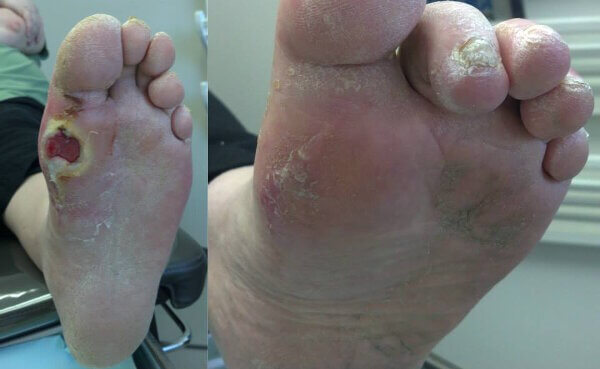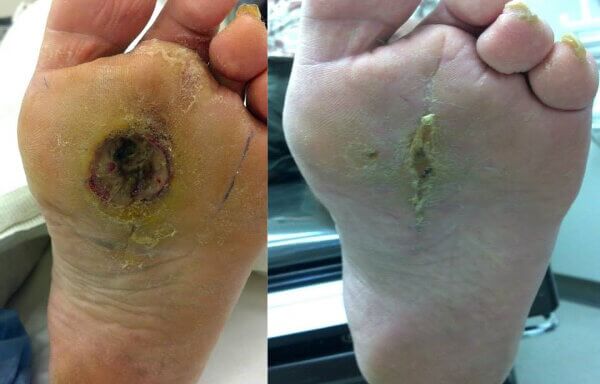Leg Ulcers Thessaloniki
What Are Leg Ulcers?
Leg ulcers can be caused by inadequate blood flow from the arteries or the veins. Inadequate treatment or improper diagnosis could potentially lead to loss of limb. Because of this, the best person to evaluate a leg ulcer is a vascular surgeon who can treat both arteries and veins.
Aside from causing complications with blood flow, conditions of the vascular system can also affect the skin and other systems of the body. Also known as a stasis leg ulcer, a venous skin ulcer is a wound or open sore that appears on the skin when the leg veins do not carry blood back to the heart, a condition known as venous insufficiency. Venous skin ulcers develop on the lower leg as a complication of long-term untreated venous insufficiency, and can cause pain, odor, pus, tenderness and redness. This condition can often be prevented by treating venous insufficiency before venous ulceration occurs.
Venous skin ulcers develop on the skin after the blood vessels in the leg and the surrounding tissue break down, leaving a visible wound on the skin. These ulcers are often found above the ankle and below the calf. The skin in the affected area may initially appear dark brown, red or purple and may feel thickened, dry and itchy. Ulcers can eventually develop from this abnormal skin if left alone.


What Happens If Leg Ulcers Go Untreated?
Patients with untreated venous insufficiency have an increased risk of ulcers forming in areas where blood is building up. In particular, patients who have had deep vein thrombosis and post-thrombotic syndrome are more prone to developing venous ulcers. If left untreated, these wounds may become chronic and seemingly incurable. It is important to treat ulcers as soon as they appear to help facilitate the healing process and prevent infection.
How Can Leg Ulcers Be Treated?
A venous ulcer can be treated by a multi-modality approach. First, adequate arterial blood supply to heal the ulcer is mandatory. Next, superficial venous insufficiency can be treated with minimally invasive radiofrequency catheter ablation of the abnormal vein causing pooling of blood in the leg. Some people with post-thrombotic syndrome after deep vein thrombosis, have blockages in their deep pelvic veins. These blockages can be opened up with stents during a venogram procedure using intravascular ultrasound in the angiosuite. In addition, the wounds may need daily or weekly wound care and compression therapy until they heal. Dr.Mavros extensive experience and training in both arterial and venous disease can help diagnose your condition and determine the best treatment option for you.



